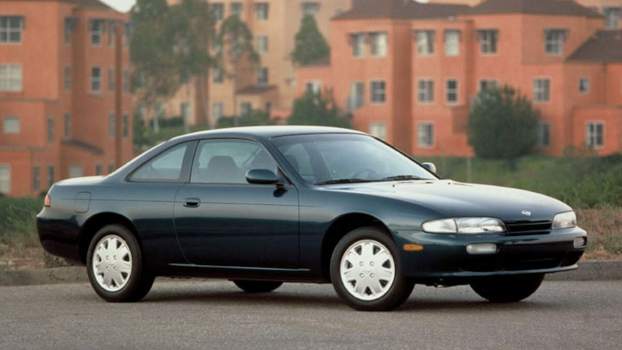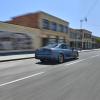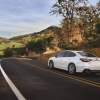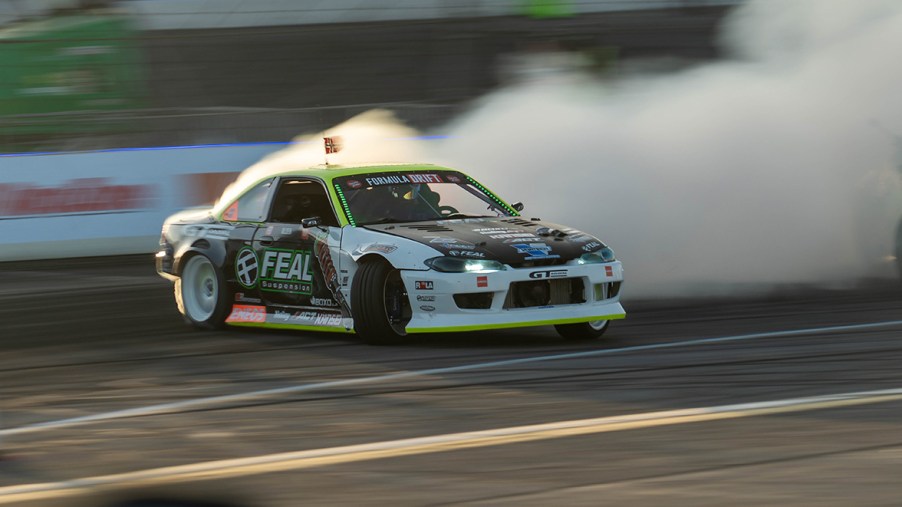
What Is a Drift Tax, and How Much Is a Drift Car?
Is there such a thing as a drift tax? Though not a legal tax the government imposes, this term refers to the elevated purchase price for cars capable of drifting. Drivers who typically race drift cars know of the “drift tax” and willingly pay more for these vehicles. However, average buyers or those new to the scene aren’t quite as keen on paying more for a car just because it can drift. So, how much is a drift car? Let’s explore.
How much does a drift car cost?
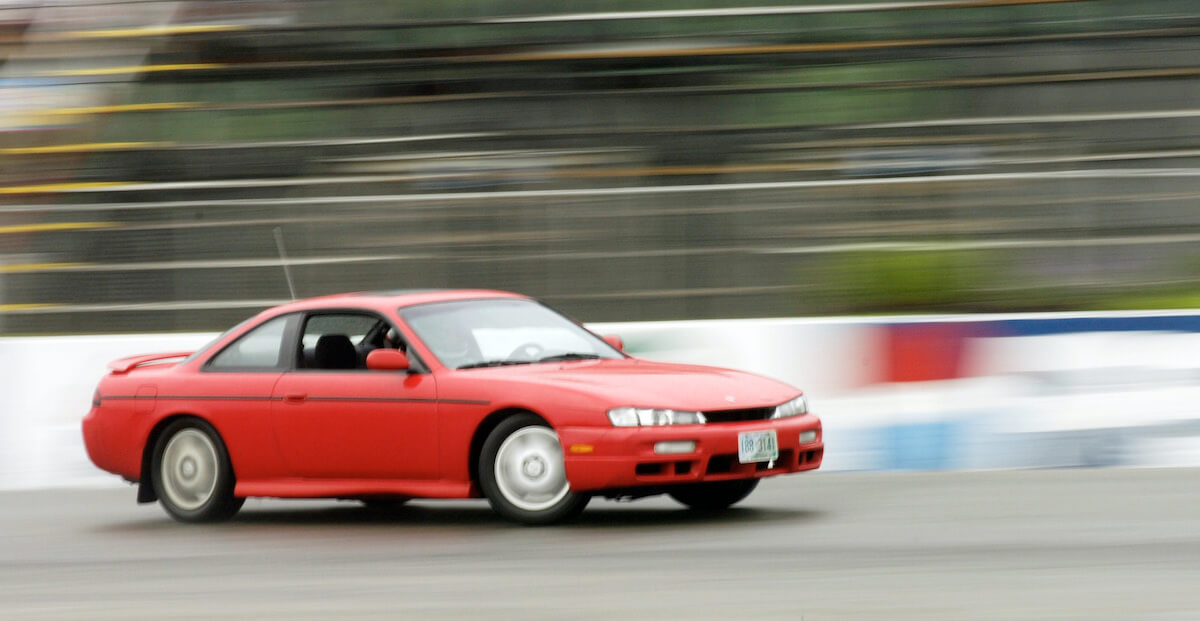
When considering the drift tax, envision the imaginary value added to a rear-wheel-drive Japanese sports car with drifting capability. One example is a used Nissan Skyline. It could retail for $1,000 but might be listed for $3,000 because it has a manual transmission.
That manual gearbox alone doesn’t make this car more valuable, but rather its ability to drift. Drift cars can cost as much as three times more than the average model simply because they can slide around the track. This added cost is the drift tax.
Prices for drift cars vary widely depending on modifications, the vehicle’s condition, and other factors. For instance, a used Nissan 240SX sports coupe might be worth $2,000 in a private party sale. However, some enthusiasts might pay much more for heavily modified versions.
Bring a Trailer shows an LS7-powered 240SX sold for a record $54,000 in January 2022. That 1989 Nissan 240SX had significant upgrades. But most versions of this popular drift car exchange hands from private sellers to private buyers for around $10,000 to $20,000.
What is the point of drifting?
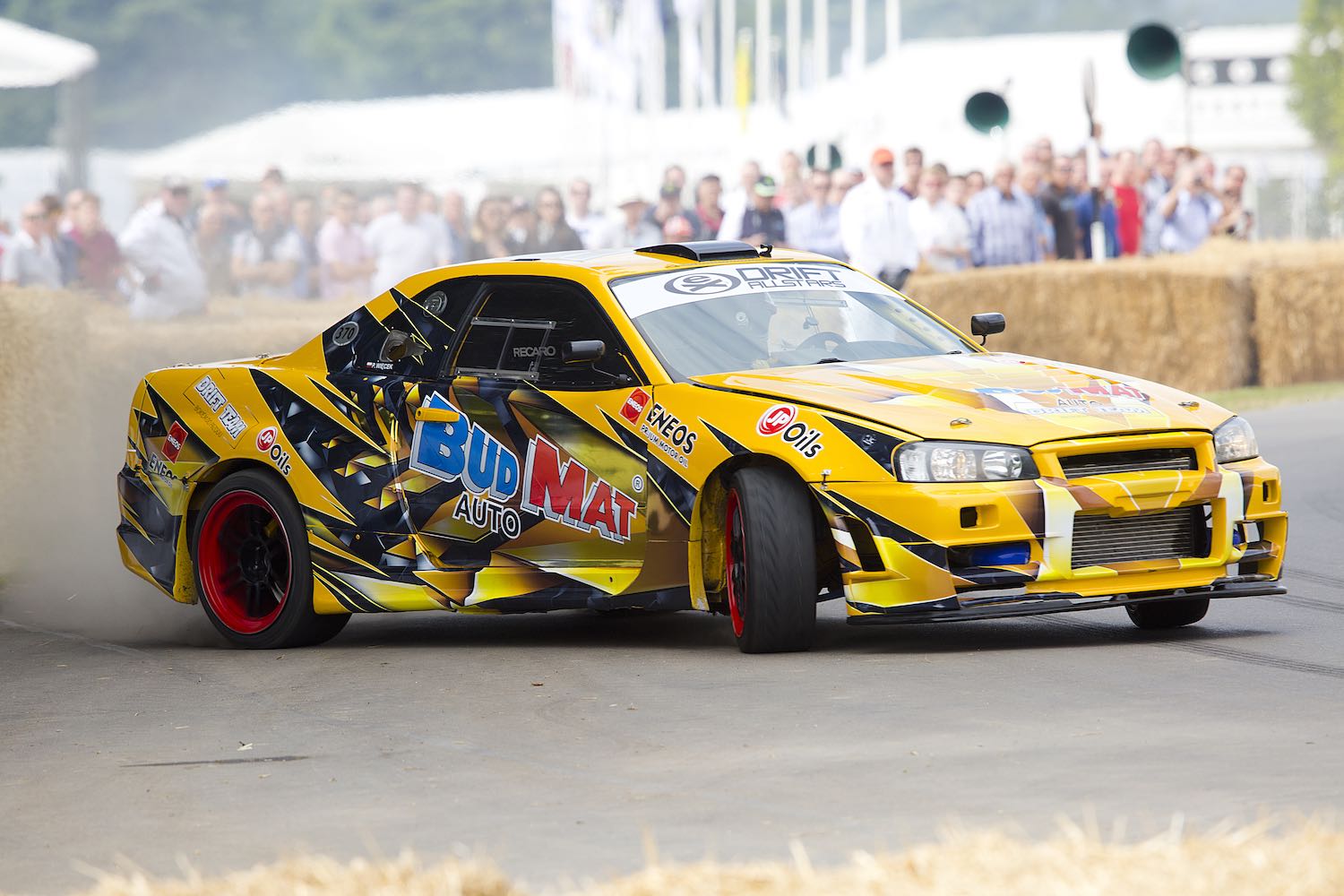
Drifting has its roots in illegal activities, which seems natural in the automotive world. Racing drift cars gives a driver the feeling of losing control while creating billowing smoke from the tires. In the early days, the goal of drifting was to make the most smoke possible. Nowadays, drift cars are used in specialized races, with competitors driving as close to obstacles as possible without knocking them over.
When drifting began is largely unknown, but it originated in Japan in the 1950s. Japanese driver Kunimitsu Takahashi showed the real meaning of drifting when he used it to maneuver his Skyline around a sharp corner slide and onto victory during the All Japan Touring Car Championship in the 1970s.
What are some good drift cars?
The most familiar drift cars come from the Japanese domestic market (JDM). Models like the Nissan 240SX/Silvia and Mazda RX-7 top the list. That said, some drivers and brands have turned regular cars into drift monsters.
Before his untimely death, Ken Block drove many cars from various automakers, including Ford and Audi. Famous videos show him performing stunts and drifting through close encounters. In addition, Hoonigan, an aftermarket vehicle enhancement brand, helped popularize drift cars.
Drifting provides a departure from the norm, with the rear wheels out of control while the front wheels stay secure and direct the car’s path. Almost any vehicle can be good at drifting with the right modifications. But the following are typically considered among the best drift cars:
- BMW M5
- Ford Focus RS
- Ford Mustang
- Honda S2000
- Lexus IS 300
- Mazda RX-7
- Nissan 200SX
- Nissan 240SX/Silvia (S14)
- Nissan 350Z
- Nissan Skyline
- Pontiac GTO
- Toyota Corolla (AE86)
- Toyota Supra
Some of those models are a surprise, while others have cemented a legacy in drifting history. When looking for a good drift car, expect to pay the drift tax. It’s just part of the deal.
